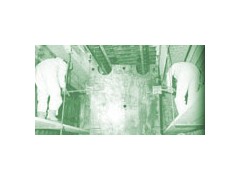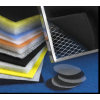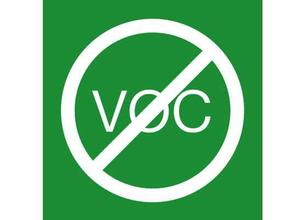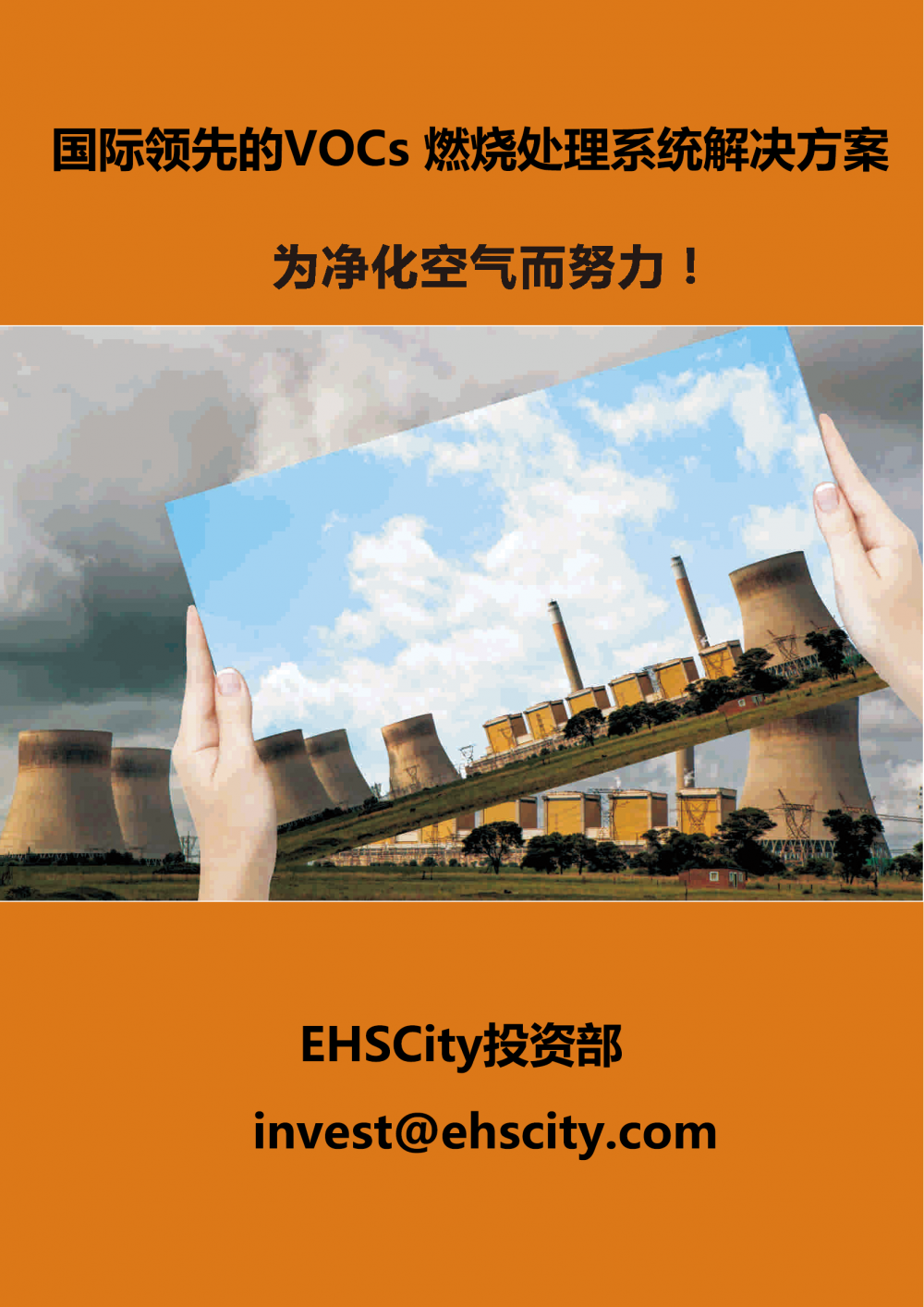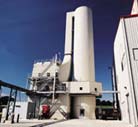 McGill AirClean has more than 40 years of experience solving air pollution control problems for boilers, furnaces, incinerators, and a variety of industrial processes.
McGill AirClean has more than 40 years of experience solving air pollution control problems for boilers, furnaces, incinerators, and a variety of industrial processes.
During that time, we have helped customers comply with air emission regulation in industries such as glass, wood products, pulp and paper, automotive, chemical, pharmaceutical, food, metals, petrochemical, electrical power and steam generation, hazardous solid waste incineration, and many more.
With our extensive line of air pollution control equipment, we solve problems involving different types and combinations of particulate, acid gas, and volatile organic compound (VOC) emissions. By working with you, we engineer and manufacture an integrated system that will meet the specific requirements of your application.
Our skilled civil, structural, electrical, mechanical, materials, and industrial engineers provide complete engineering resources. Using a network of trade-specific quality subcontractors throughout North America, we safely complete your project on time and within budget. We offer a variety of professional services to fully support the operation of your systems and help reduce your overall maintenance cost.
Our goal is to provide a dependable, long-term solution to your air pollution control problem at the lowest overall cost to you.
Air Pollution Control Equipment and Services
We design our equipment to achieve the highest levels of emission control, while operating economically. We build it to be durable enough to provide years of service with minimum maintenance requirements. And we offer a complete service program to maintain, repair, and upgrade your equipment so that it can continue to comply with emission regulations for years to come.
Wet Electrostatic Precipitators (WESPs), Dry Electrostatic Precipitators (ESPs), and Mobile ESP Testing
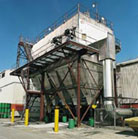 Dry Electrostatic Precipitator (ESP) Systems— Our electrostatic precipitator systems generate a corona to electrostatically charge particulate and remove it from flue gas streams. Each ESP system is designed to provide effective control of particulate emissions, while saving you money by minimizing operating costs. A unique needle/plate collection electrode design uses energy very efficiently, enabling our ESPs to operate economically at low voltage and current levels. Typical applications include glass furnaces, cement kilns, coal-fired boilers, wood-fired boilers, and solid waste incinerators.
Dry Electrostatic Precipitator (ESP) Systems— Our electrostatic precipitator systems generate a corona to electrostatically charge particulate and remove it from flue gas streams. Each ESP system is designed to provide effective control of particulate emissions, while saving you money by minimizing operating costs. A unique needle/plate collection electrode design uses energy very efficiently, enabling our ESPs to operate economically at low voltage and current levels. Typical applications include glass furnaces, cement kilns, coal-fired boilers, wood-fired boilers, and solid waste incinerators.
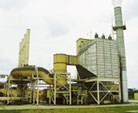 Wet Electrostatic Precipitator (WESP) Systems— We have developed a wet ESP system for applications involving sticky or flammable particulate. A washdown system keeps the ESP internals clean to help prevent fires and maintenance problems. Our durable wet ESP systems have solved difficult emission control problems for fiberglass forming and curing ovens, wood dryers, wood-fired boilers, and steel scarfing processes.
Wet Electrostatic Precipitator (WESP) Systems— We have developed a wet ESP system for applications involving sticky or flammable particulate. A washdown system keeps the ESP internals clean to help prevent fires and maintenance problems. Our durable wet ESP systems have solved difficult emission control problems for fiberglass forming and curing ovens, wood dryers, wood-fired boilers, and steel scarfing processes.
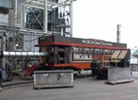 Mobile ESP Testing— Our mobile ESP can be used to study your emission problem on site and develop an effective solution. This equipment enables us to analyze your flue gas stream, determine ESP collection efficiencies, and collect data to size a full-scale wet or dry ESP system for your application.
Mobile ESP Testing— Our mobile ESP can be used to study your emission problem on site and develop an effective solution. This equipment enables us to analyze your flue gas stream, determine ESP collection efficiencies, and collect data to size a full-scale wet or dry ESP system for your application.
Regenerative Thermal Oxidizers, RTOs, Mobile RTO Testing
 ThermaGrid™ RTO— Our ThermaGrid regenerative thermal oxidizer (RTO) systems use high temperature to destroy VOC emissions within a combustion chamber. What sets it apart from other RTOs is its economical operation. It uses gridded ceramic blocks as a heat transfer medium. The gridded ceramic can handle dirty or particulate-laden gas flows with very little need for maintenance. ThermaGrid RTO technology has been proven effective for controlling VOC emissions from wood dryers, paint booths, chemical and pharmaceutical processing, semiconductor manufacturing, printing processes, rubber and plastics manufacturing, and aluminum casting operations.
ThermaGrid™ RTO— Our ThermaGrid regenerative thermal oxidizer (RTO) systems use high temperature to destroy VOC emissions within a combustion chamber. What sets it apart from other RTOs is its economical operation. It uses gridded ceramic blocks as a heat transfer medium. The gridded ceramic can handle dirty or particulate-laden gas flows with very little need for maintenance. ThermaGrid RTO technology has been proven effective for controlling VOC emissions from wood dryers, paint booths, chemical and pharmaceutical processing, semiconductor manufacturing, printing processes, rubber and plastics manufacturing, and aluminum casting operations.
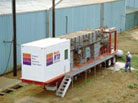 Mobile RTO Testing— We can use one of our mobile RTOs to test emissions at your facility and demonstrate the effectiveness of our ThermaGrid technology. Those tests well allow us to gather the data needed to size a full-scale RTO to solve your VOC problem economically.
Mobile RTO Testing— We can use one of our mobile RTOs to test emissions at your facility and demonstrate the effectiveness of our ThermaGrid technology. Those tests well allow us to gather the data needed to size a full-scale RTO to solve your VOC problem economically.
Fabric Filters, Baghouses
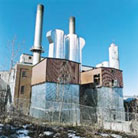 Fabric Filter Systems— We have the technical expertise to engineer a fabric filter system with the proper air-to-cloth ratio, can velocity, and gas distribution to achieve the lowest possible pressure drop and longest bag life. Our experience with a wide variety of woven and felted bag fabrics allows us to select one that will be most economical and effective for your application. Engineering considerations include the fabric's ability to withstand high temperatures, exposure to acid, and abrasion.
Fabric Filter Systems— We have the technical expertise to engineer a fabric filter system with the proper air-to-cloth ratio, can velocity, and gas distribution to achieve the lowest possible pressure drop and longest bag life. Our experience with a wide variety of woven and felted bag fabrics allows us to select one that will be most economical and effective for your application. Engineering considerations include the fabric's ability to withstand high temperatures, exposure to acid, and abrasion.
DeNOx Selective Catalytic Reduction (SCR) Reactors
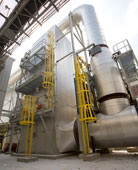 DeNOx SCR Reactors— Our DeNOx SCR reactors are designed specifically to control NOx emissions on industrial applications. They can be teamed with either our dry or wet electrostatic precipitators or fabric filter systems to perform the particulate collection. Our systems feature a fully integrated system design that includes, modular construction, CFD modeling, a PLC–based control system, a customized cleaning system, a reagent management system, and a catalyst life management system. We offer a single-source performance guarantee and equipment warranty for each reactor system.
DeNOx SCR Reactors— Our DeNOx SCR reactors are designed specifically to control NOx emissions on industrial applications. They can be teamed with either our dry or wet electrostatic precipitators or fabric filter systems to perform the particulate collection. Our systems feature a fully integrated system design that includes, modular construction, CFD modeling, a PLC–based control system, a customized cleaning system, a reagent management system, and a catalyst life management system. We offer a single-source performance guarantee and equipment warranty for each reactor system.
Acid Gas Control, Spray-Dry Scrubbers, Semi-Dry Scrubbers, Dry Reagent Injection Systems, Mobile Scrubber Testing
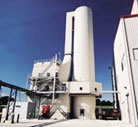 Acid Gas Control Systems— Our acid gas control systems use a variety of chemical reactions to convert acid gas to particulate. We have patented acid gas treatment and experience controlling acid gases, sulfur oxides, hydrogen chloride, hydrogen flouride, and boric acid. They are designed to distribute reagent effectively throughout the scrubbing chamber and maximize the reaction time for high levels of acid gas removal. We offer both spray-dry scrubbers and dry reagent injection systems. Typical applications include glass furnaces, boilers, and incinerators that burn municipal, hazardous, and medical waste.
Acid Gas Control Systems— Our acid gas control systems use a variety of chemical reactions to convert acid gas to particulate. We have patented acid gas treatment and experience controlling acid gases, sulfur oxides, hydrogen chloride, hydrogen flouride, and boric acid. They are designed to distribute reagent effectively throughout the scrubbing chamber and maximize the reaction time for high levels of acid gas removal. We offer both spray-dry scrubbers and dry reagent injection systems. Typical applications include glass furnaces, boilers, and incinerators that burn municipal, hazardous, and medical waste.
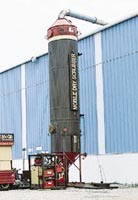 Mobile Scrubber Testing— We can test emissions on site and engineer an acid gas control system for your application. By using our mobile spray-dry scrubber in conjunction with our mobile ESP, we can demonstrate the effectiveness of a full-scale air pollution control system.
Mobile Scrubber Testing— We can test emissions on site and engineer an acid gas control system for your application. By using our mobile spray-dry scrubber in conjunction with our mobile ESP, we can demonstrate the effectiveness of a full-scale air pollution control system.
Auxiliary Equipment: Control Systems, Evaporative Coolers, Recycling Systems, Breeching, Stacks,
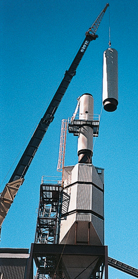 Complete Systems—We supply complete air pollution control systems to solve a combination of particulate, acid gas, and VOC problems. We have extensive engineering and manufacturing capabilities and provide all the necessary auxiliary equipment for those systems.
Complete Systems—We supply complete air pollution control systems to solve a combination of particulate, acid gas, and VOC problems. We have extensive engineering and manufacturing capabilities and provide all the necessary auxiliary equipment for those systems.
We offer a selection of control systems to meet your operational requirements. Options range from basic controls to our powerful PC-SAM™ system, which combines a programmable logic controller (PLC) and personal computer (PC). PC-SAM provides simplified control, programming flexibility, and extensive data acquisition capabilities and remote modern control.
We also design and supply the following auxiliary equipment: evaporative coolers, recycling systems, disposal systems, ductwork, breeching, stacks, support structures, and platforms and stairways.
Construction
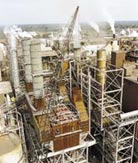 Installation Service— As part of our complete turnkey service, we handle all the construction work involved with our air pollution control systems. We have extensive experience with larger air pollution control projects. Our field engineers and superintendents manage the erection and startup of all equipment. They can remain on site after the air pollution control system has been installed to instruct your personnel in starting, testing, operating, and maintaining the equipment. We can work with you to monitor the performance of the system, making adjustments and providing service.
Installation Service— As part of our complete turnkey service, we handle all the construction work involved with our air pollution control systems. We have extensive experience with larger air pollution control projects. Our field engineers and superintendents manage the erection and startup of all equipment. They can remain on site after the air pollution control system has been installed to instruct your personnel in starting, testing, operating, and maintaining the equipment. We can work with you to monitor the performance of the system, making adjustments and providing service.
Parts and Service, Preventive Maintenance
 Complete Service Program— We have a complete service program to repair, maintain, rebuild, and upgrade air pollution control systems. We can work with you to make sure that your equipment continues to comply with emission regulations. Our preventive maintenance program can help you keep your equipment running by spotting problems before they become emergencies. When equipment is worn or damaged, we can rebuild it so that it performs to the original specifications. In many cases, we can improve an older system's performance by upgrading it with the latest technology.
Complete Service Program— We have a complete service program to repair, maintain, rebuild, and upgrade air pollution control systems. We can work with you to make sure that your equipment continues to comply with emission regulations. Our preventive maintenance program can help you keep your equipment running by spotting problems before they become emergencies. When equipment is worn or damaged, we can rebuild it so that it performs to the original specifications. In many cases, we can improve an older system's performance by upgrading it with the latest technology.
